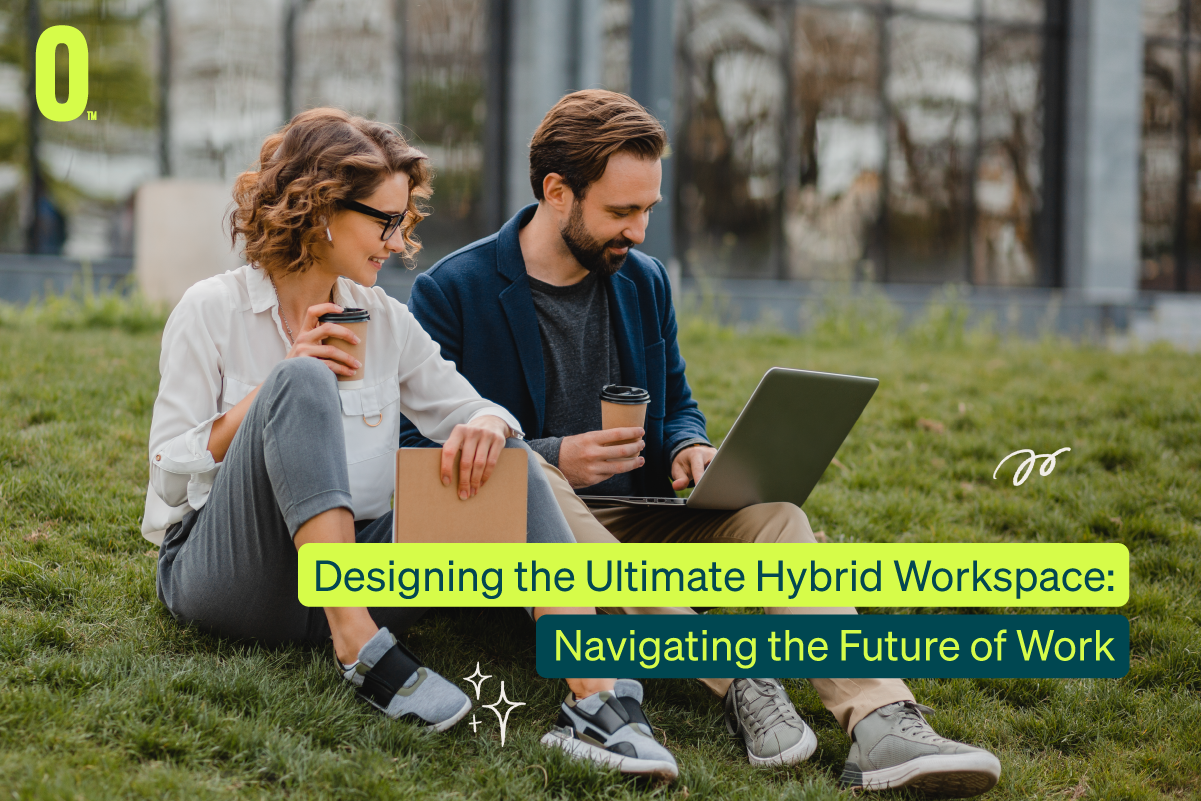The landscape of work is rapidly evolving, driven by changing attitudes towards remote work and the desire for flexibility among employees. As Australia’s workforce embraces a hybrid model blending remote and in-person work, businesses face the challenge of redesigning their workspaces to accommodate this new reality. With 45% of Australian workers anticipating transformative shifts in work dynamics over the next three to five years, and a staggering 74% seeking a blend of remote and in-person work, the traditional office model is undergoing a profound transformation. Here’s some insight from our ISO 27001 certified MSP in Melbourne, your IT partner for the future of work.
The Changing Role of the Office
The office, once a central hub for daily operations, is no longer confined to the traditional ‘9am-5pm’ paradigm. Instead, it is evolving into a flexible space that caters to diverse work styles, preferences, and activities. Recognising the importance of the office as a hub for collaboration and socialisation, businesses are reimagining their workspaces to align with the needs of a flexible workforce.

The Four C’s Framework
To design the ultimate hybrid workspace, businesses must consider the four pillars of Concentration, Collaboration, Communication, and Contemplation. Each aspect represents a distinct facet of the modern work environment, catering to different types of work activities and preferences. By striking a balance between these elements, organisations can create an equitable and productive working experience for both in-person and remote employees.
Activity Based Working (ABW)
One approach to designing the hybrid workspace is Activity Based Working (ABW), which emphasises flexibility and choice for employees. In this model, employees have the freedom to select from a variety of spaces based on the nature of their work, dividing their time between home and office. While ABW offers numerous benefits, including reduced real estate costs and increased employee flexibility, it requires a cultural shift and investment in reskilling employees to adapt to new ways of working.
The Clubhouse Model
Another approach gaining traction is the Clubhouse model, which prioritises remote-centric flexibility. In this model, employees primarily work from home or alternative spaces, coming together in the office for special events, meetings, and collaborative tasks. The Clubhouse offers a comfortable and distinct alternative to home work environments, fostering collaboration and strengthening team bonds. However, it presents challenges in scheduling and operational complexity, requiring careful implementation and investment in technology and amenities.
Selecting the Right Model
Choosing the ideal workplace model involves a series of trade-offs between flexibility, real estate, and culture. There is no one-size-fits-all solution, and organisations must tailor their approach to suit their unique needs and circumstances. Top-down leadership alone is insufficient; instead, businesses must engage employees to understand their experiences and expectations, aligning workplace design and behaviours with organisational goals and values.

Designing for Success
Effective workplace design considers the needs of both leaders and individuals, the nature of work, organisational culture, and goals. By prioritising user-centric design and experimentation, organisations can create work environments that foster collaboration, connection, and creativity. By embracing the principles of flexibility, innovation, and inclusivity, businesses can navigate the future of work with confidence and resilience.
Your IT Partner for the Future of Work
As an ISO 27001 certified Managed Service Provider (MSP), we are uniquely positioned to support your organisation in achieving the future of work.
Our comprehensive suite of services, including 24/7 IT support, cloud services, collaboration platforms, cybersecurity solutions, and IT strategy consulting, ensures that your business stays agile, secure, and competitive in today’s dynamic landscape.
Whether you operate in financial services, legal services, education, manufacturing, real estate, or local government, our tailored solutions are designed to meet your specific needs and industry requirements.
By partnering with us, you can leverage our expertise and experience to optimise your IT infrastructure, enhance collaboration and productivity, mitigate cybersecurity risks, and drive innovation. Trust our team of dedicated professionals to empower your workforce, streamline operations, and propel your business towards success in the digital age.




